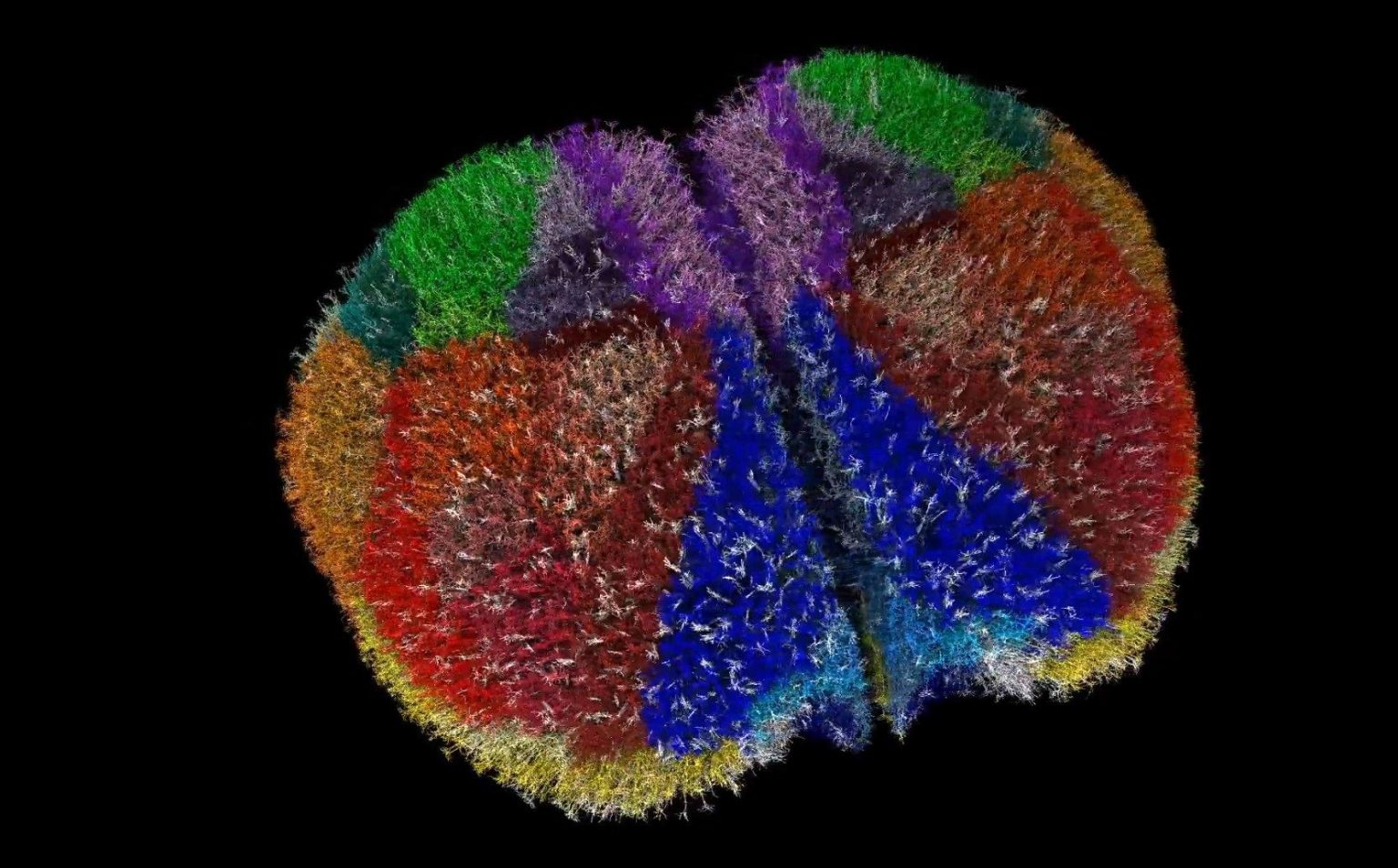The Next Frontier in Brain Science: Building a Virtual Mouse Cortex
In a groundbreaking scientific achievement, researchers from Japan and Seattle’s Allen Institute have successfully created a detailed simulation of an entire mouse cortex, marking a significant milestone in neuroscience. This virtual brain model, while sounding like something from science fiction, represents a major step toward understanding the complex workings of the brain and potentially addressing devastating neurological conditions like Alzheimer’s disease and epilepsy. The research team, led by scientists from the University of Electro-Communications in Tokyo and the Allen Institute, presented their findings at the SC25 conference on high-performance computing in St. Louis, demonstrating how cutting-edge technology can help unlock the mysteries of consciousness and brain function.
The simulation is remarkable in its complexity and scale, modeling nearly 10 million neurons connected by 26 billion synapses. To create this virtual cortex, the researchers utilized extensive data from the Allen Cell Types Database and Allen Connectivity Atlas, processing this information on Japan’s Supercomputer Fugaku—one of the world’s most powerful computing systems capable of executing more than 400 quadrillion operations per second. The project combined the Allen Institute’s Brain Modeling ToolKit to translate the massive datasets into a three-dimensional model, while a simulation program called Neulite brought these virtual neurons to life, allowing them to interact in ways that mimic living brain cells. “This shows the door is open,” explained Allen Institute investigator Anton Arkhipov. “It’s a technical milestone giving us confidence that much larger models are not only possible, but achievable with precision and scale.”
What makes this simulation particularly impressive is its detailed representation of neuronal structure and activity. Each neuron in the model isn’t just a simple on/off switch but rather a complex tree of hundreds of interacting compartments that capture subcellular structures and dynamics. The researchers ran the program in different scenarios, including a full-scale simulation using Fugaku’s complete configuration to model the entire mouse cortex. During these tests, the system could simulate one second of real-time brain activity in just 32 seconds—a performance level that Arkhipov describes as “quite impressive for a system of this size and complexity,” noting that similar detailed simulations often run thousands of times slower than real time. The achievement demonstrates that large-scale brain simulations are becoming increasingly feasible with modern computing technology.
Despite this significant progress, the researchers acknowledge important limitations that need to be addressed in future work. The current model doesn’t reflect brain plasticity—the brain’s ability to rewire its own connections—which is crucial for learning and memory. Additionally, it doesn’t fully account for the effects of neuromodulators or provide detailed representations of sensory inputs in the whole-cortex simulations. As Arkhipov explains, “For all of these, we need much more data than currently available to make much better models, although some approximations or hypotheses could be implemented and tested now that we have a working whole-cortex simulation.” The team’s long-term ambition extends beyond the cortex to simulating an entire brain—a considerable challenge considering that while the mouse cortex contains about 10 million neurons, the complete mouse brain houses approximately 70 million neurons.
Looking toward the future, the research opens exciting possibilities for modeling even larger and more complex brains. The human cortex contains an astounding 21 billion neurons—over 2,000 times more than the mouse cortex—making a human brain simulation a monumental computational challenge. However, the researchers are optimistic about their approach’s scalability. “Our work shows that very detailed microscopic-level simulations of larger brains may be possible sooner than previously expected,” Arkhipov noted. “The results suggest that a simulation of the whole monkey brain (such as that of a macaque monkey with 6 billion neurons) can fit on the full-scale Fugaku system.” This suggests that with continued advances in supercomputing power and neuroscience data collection, creating increasingly comprehensive virtual brain models may be within reach.
It’s important to understand that creating a computer model of a brain doesn’t mean capturing all the intricate biological details and functions accurately. Arkhipov emphasizes that while this work demonstrates the technical feasibility of large-scale brain simulations, building biologically realistic models requires substantially more experimental data and model refinement. The collaborative research team, including scientists from multiple Japanese institutions and the Allen Institute, has laid crucial groundwork for future neuroscience modeling efforts. As computing power continues to grow and our understanding of brain structure and function deepens, these virtual brain models may eventually help scientists test theories about brain development, function, and disease—potentially leading to new treatments for neurological conditions and deeper insights into the biological basis of consciousness. This virtual mouse cortex represents not just a technical achievement but a significant step toward decoding one of nature’s most complex creations: the brain.















